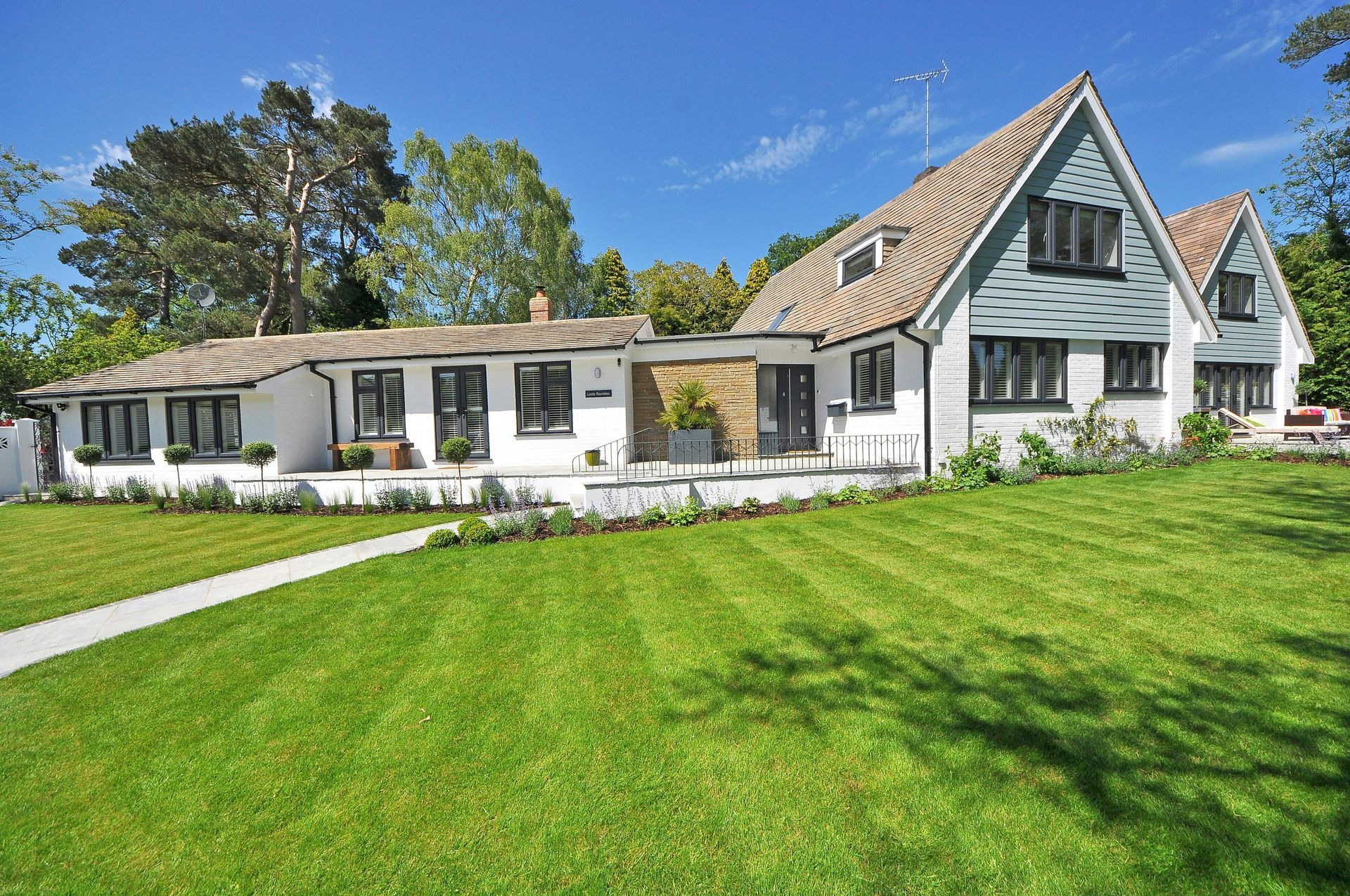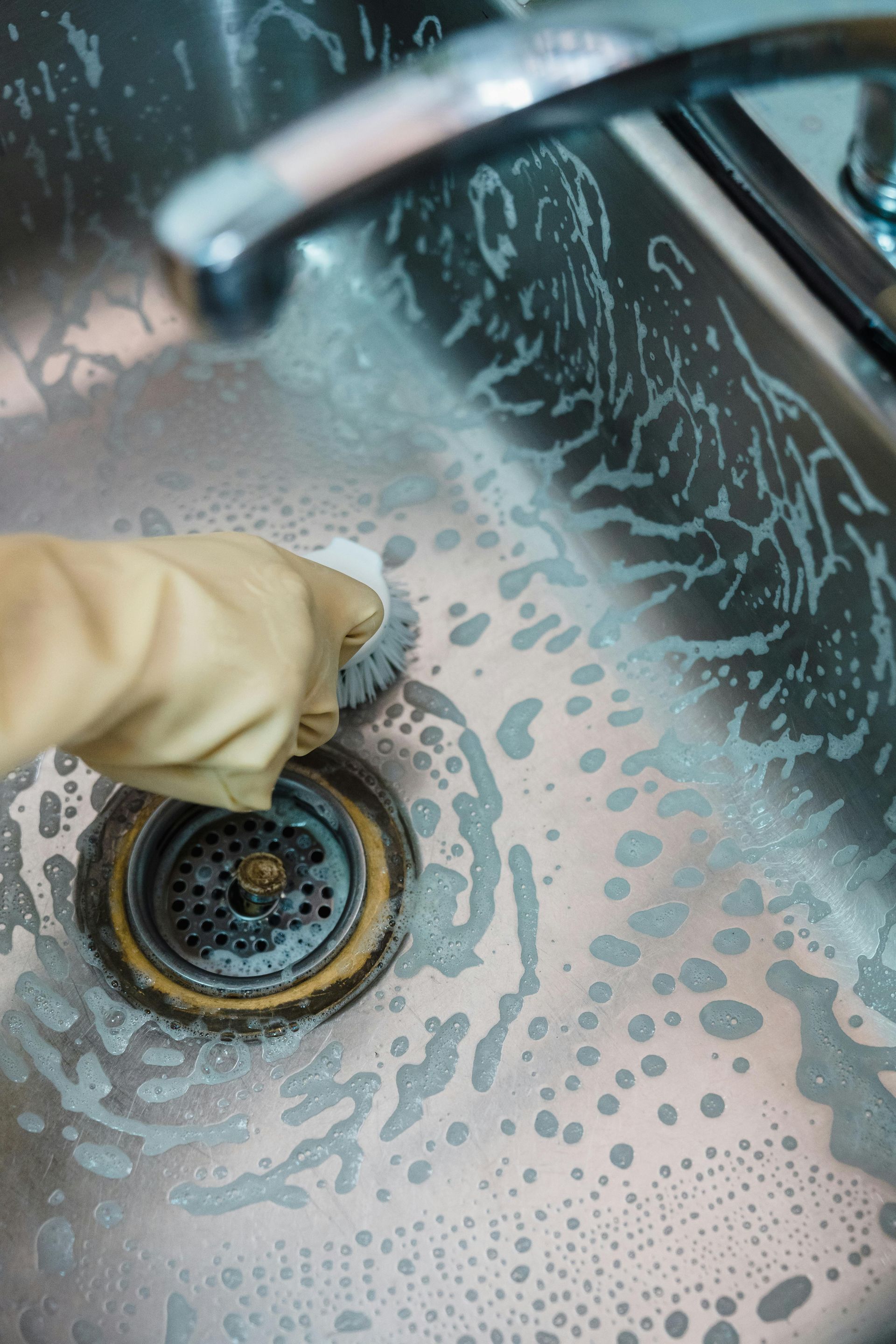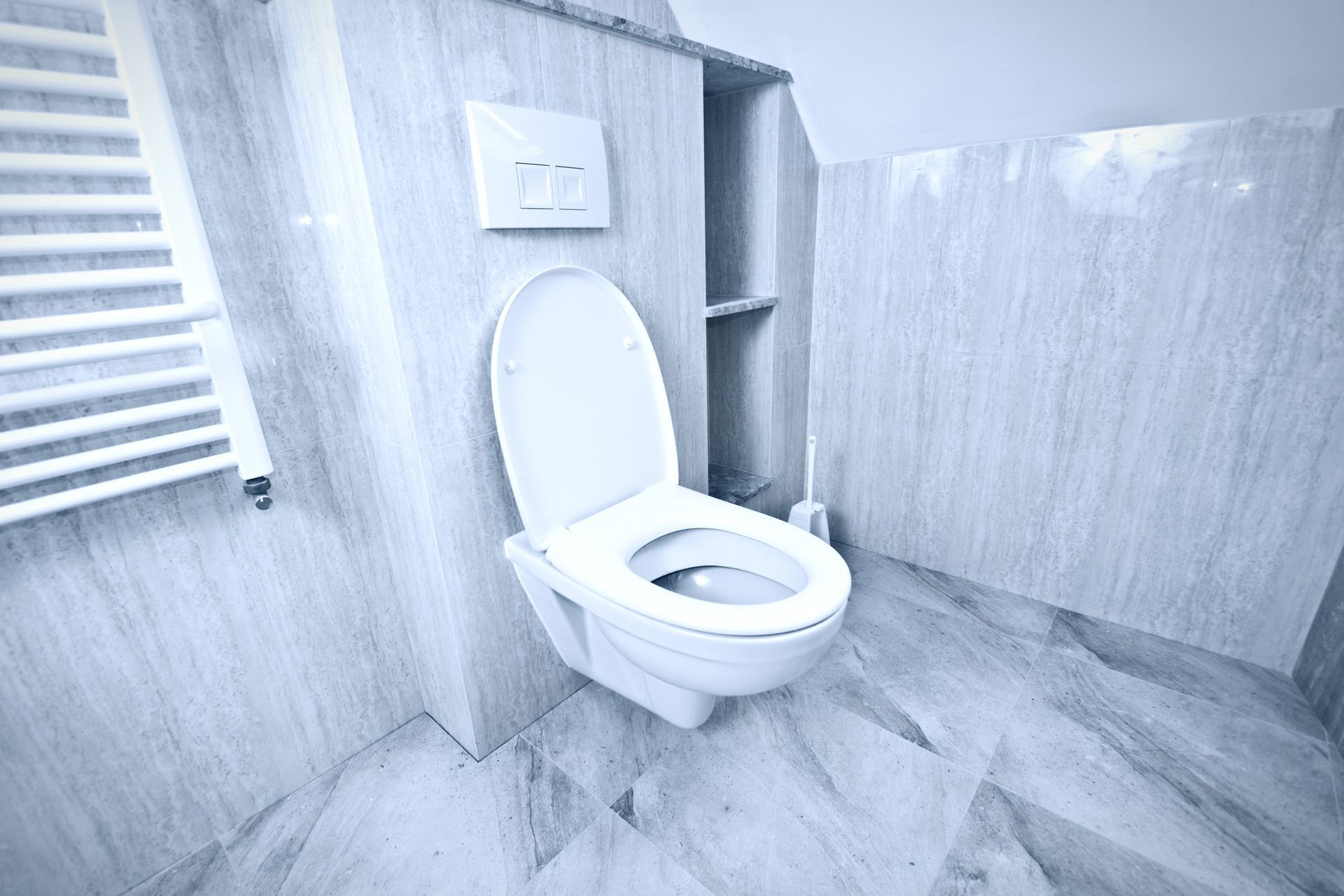Why Your Toilet Bowl Water Level Is Low and How to Fix It?
A low water level in your toilet bowl is more than just a minor inconvenience—it can signal underlying plumbing issues that, if left unaddressed, may lead to costly repairs, water waste, and even health hazards. Understanding the causes and solutions for this problem is essential for maintaining a functional and hygienic bathroom. This article provides a comprehensive, professional overview of why your toilet bowl water level might be low, how to fix it, and when to seek emergency services. We’ll also touch on related plumbing concerns, such as the dangers of ignoring a leaky faucet, to emphasize the importance of timely maintenance.
Understanding the Normal Water Level in a Toilet Bowl
The water level in a properly functioning toilet bowl should be several inches below the rim, providing enough water to ensure effective flushing and odor control. When the water level drops below this standard, it can result in incomplete flushes, frequent clogs, and unpleasant odors. Persistent low water levels may also indicate more serious plumbing issues that require immediate attention.
Common Causes of Low Toilet Bowl Water Level
1. Damaged or Misadjusted Fill Tube
One of the most frequent causes of low water in the toilet bowl is a damaged or improperly positioned fill tube. This small, flexible hose inside the tank directs water into the overflow tube after each flush. If the fill tube is disconnected, broken, or misaligned, the bowl will not refill properly, resulting in a low water level.
2. Faulty Fill Valve
The fill valve controls the flow of water into the tank and, by extension, the bowl. If the fill valve is set too low or is malfunctioning, the tank may not fill to the correct level, leading to insufficient water in the bowl. Over time, fill valves can wear out and may need adjustment or replacement to restore normal function.
3. Problems with the Flapper
The flapper is a rubber seal at the bottom of the tank that lifts to allow water to flow into the bowl during a flush. If the flapper is worn, warped, or not sealing properly, it can cause water to leak from the tank into the bowl, resulting in a lower water level. This issue can also contribute to the dangers of ignoring a leaky faucet, as even small leaks can waste significant amounts of water and lead to higher utility bills.
4. Clogged or Blocked Rim Jets
Rim jets are small holes located under the rim of the toilet bowl that allow water to flow in during a flush. If these jets become clogged with mineral deposits or debris, the water entering the bowl will be restricted, causing a lower water level. Regular cleaning can help prevent this issue and maintain optimal flushing performance.
5. Partial Drain Blockages
While most people associate clogs with overflowing toilets, a partial blockage in the drain can actually siphon water out of the bowl, resulting in a low water level. This can occur if there is a foreign object or buildup in the drain line that creates a vacuum effect, pulling water out of the bowl after each flush.
6. Cracked Toilet Bowl
A less common but serious cause of low water level is a crack in the toilet bowl itself. Water can leak through the crack onto the bathroom floor, leading to a gradual drop in the bowl’s water level. This situation requires immediate attention, as it can cause water damage and pose a safety risk.
7. Sewer Line or Vent Pipe Issues
If the vent pipe that allows air into your plumbing system becomes blocked, it can create negative pressure that siphons water from the bowl. Similarly, problems with the main sewer line can disrupt normal water flow and cause low water levels. These issues are complex and typically require professional diagnosis and repair.
How to Fix a Low Toilet Bowl Water Level
Step 1: Inspect the Fill Tube and Fill Valve
Begin by removing the tank lid and checking the fill tube. Ensure it is securely connected to the overflow tube and is not damaged. If the fill tube is intact, inspect the fill valve. Adjust the fill valve according to the manufacturer’s instructions—usually by turning a screw or sliding a clip—to raise the water level in the tank and, consequently, the bowl.
Step 2: Check and Replace the Flapper
Examine the flapper for signs of wear or improper sealing. If it appears damaged or does not sit flush against the valve seat, replace it with a new one. This simple fix can prevent water from leaking into the bowl and restore the correct water level.
Step 3: Clean the Rim Jets
Use a small brush or a piece of wire to clean the rim jets under the toilet bowl’s rim. Removing mineral deposits and debris will ensure that water flows freely into the bowl during each flush, maintaining the proper water level.
Step 4: Address Drain Blockages
If you suspect a partial blockage in the drain, use a plunger or a toilet auger to clear the obstruction. Persistent or recurring blockages may indicate a more serious issue in the plumbing system, in which case you should contact emergency services for professional assistance.
Step 5: Inspect for Cracks and Leaks
Carefully examine the toilet bowl and the area around its base for signs of cracks or water leakage. If you find a crack, the toilet will likely need to be replaced to prevent further water loss and potential damage to your home.
Step 6: Check the Vent Pipe
If all other components appear to be functioning correctly but the water level remains low, the problem may lie with a blocked vent pipe. This is a complex issue that typically requires the expertise of a licensed plumber. Do not attempt to clear vent pipes yourself; instead, call emergency services to ensure the problem is resolved safely and effectively.
The Importance of Timely Repairs
Ignoring plumbing issues such as a low toilet bowl water level can lead to more severe problems over time. Just as the dangers of ignoring a leaky faucet include water waste, structural damage, and increased utility bills, neglecting toilet repairs can result in persistent clogs, water damage, and even health hazards from mold and bacteria growth. Promptly addressing these issues not only protects your home but also conserves water and reduces long-term costs.
When to Call Emergency Services
While many toilet repairs can be handled by homeowners, certain situations require immediate professional intervention. If you experience an overflowing toilet, sewage backup, or discover a significant leak or crack in the toilet bowl, contact emergency services right away. These issues can pose serious health risks and cause extensive property damage if not addressed promptly. Professional plumbers have the tools and expertise to diagnose and resolve complex problems, ensuring your plumbing system remains safe and functional.
Conclusion
A low water level in your toilet bowl is a sign that something is amiss within your plumbing system. By understanding the common causes and following the appropriate steps to fix the issue, you can restore your toilet’s performance and prevent further complications. Remember, the dangers of ignoring a leaky faucet or any plumbing issue extend beyond inconvenience—they can lead to water waste, structural damage, and costly repairs. When in doubt, or if you encounter a plumbing emergency, do not hesitate to call emergency services for expert assistance. Proactive maintenance and timely repairs are the keys to a safe, efficient, and comfortable home.











